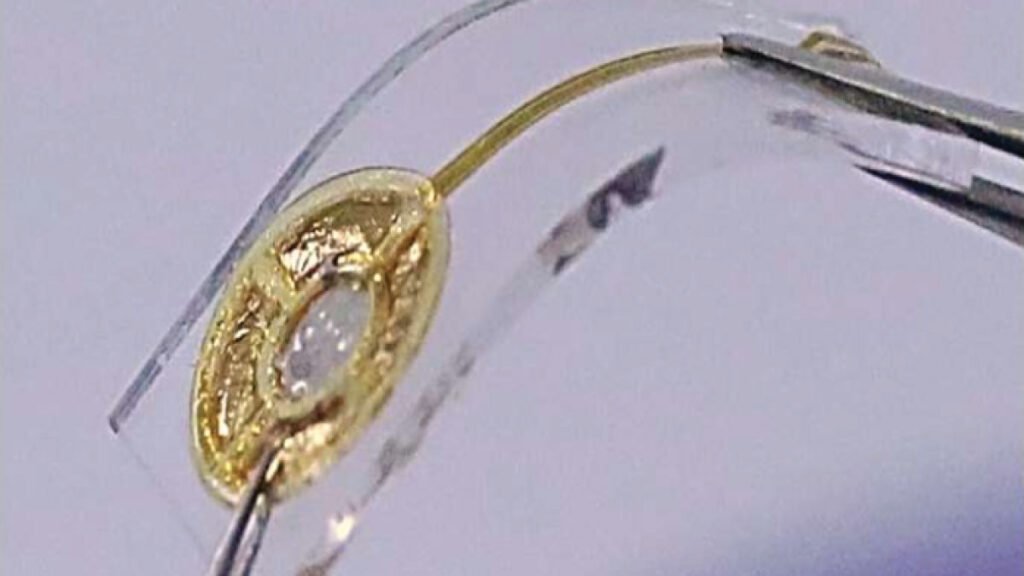Scientists at DGIST and KAIST have created a revolutionary “electronic tongue” technology that closely mimics the human sense of taste, opening up new possibilities for medical device applications.
The Future of Electronic Tongue Technology in Medicine
A joint effort between scientists at DGIST and KAIST has led to a major advancement in medical with the creation of an “electronic tongue” that can replicate the human taste experience with unmatched accuracy. This advanced technology, known as “absolute taste” technology, is set to transform the medical device sector by introducing a novel diagnostic tool.
Benefits of Electronic Tongue Technology
The electronic tongue technology offers several key benefits, especially in its ability to provide accurate and consistent taste analysis. Unlike conventional methods that depend on human evaluations, this technology uses a variety of sensors to identify and measure different taste substances. These sensors are designed to mimic human taste receptors, ensuring precise measurements that remove any subjectivity or inconsistency.
Another significant benefit is the electronic tongue’s capacity to analyze intricate mixtures, including food, drinks, and biological samples, with exceptional accuracy. This feature is particularly advantageous in medical diagnostics, where the early detection of specific biomarkers or changes in bodily fluids can lead to the early treatment of diseases. Moreover, the technology’s fast analysis time is essential in clinical environments.
Applications in Medical Devices
The potential uses of electronic tongue technology in medical devices are extensive and diverse. One of the most exciting prospects is its application in non-invasive diagnostics. For instance, the electronic tongue could be incorporated into wearable devices to monitor changes in the composition of saliva, which could signal underlying health issues such as diabetes, kidney disease, or certain cancers. By continuously monitoring taste profiles in real-time, these devices could provide early alerts to both patients and healthcare professionals, facilitating more proactive and personalized treatment plans.
Future Developments
Looking ahead, the combination of electronic tongue technology with artificial intelligence and machine learning could unlock new frontiers in predictive diagnostics and personalized medicine. As these systems become more adept at interpreting complex taste data, they could identify patterns and correlations that are currently beyond human understanding, leading to earlier disease detection and more customized treatment options.
Conclusion
The creation of absolute taste electronic tongue technology by DGIST and KAIST represents a significant advancement in the field of medical devices. With its ability to provide accurate, objective, and rapid taste analysis, this technology has the potential to revolutionize diagnostics, drug development, and patient care. As research and development progress, the electronic tongue is poised to become an essential tool in healthcare, driving innovation and progress in the medical field.
